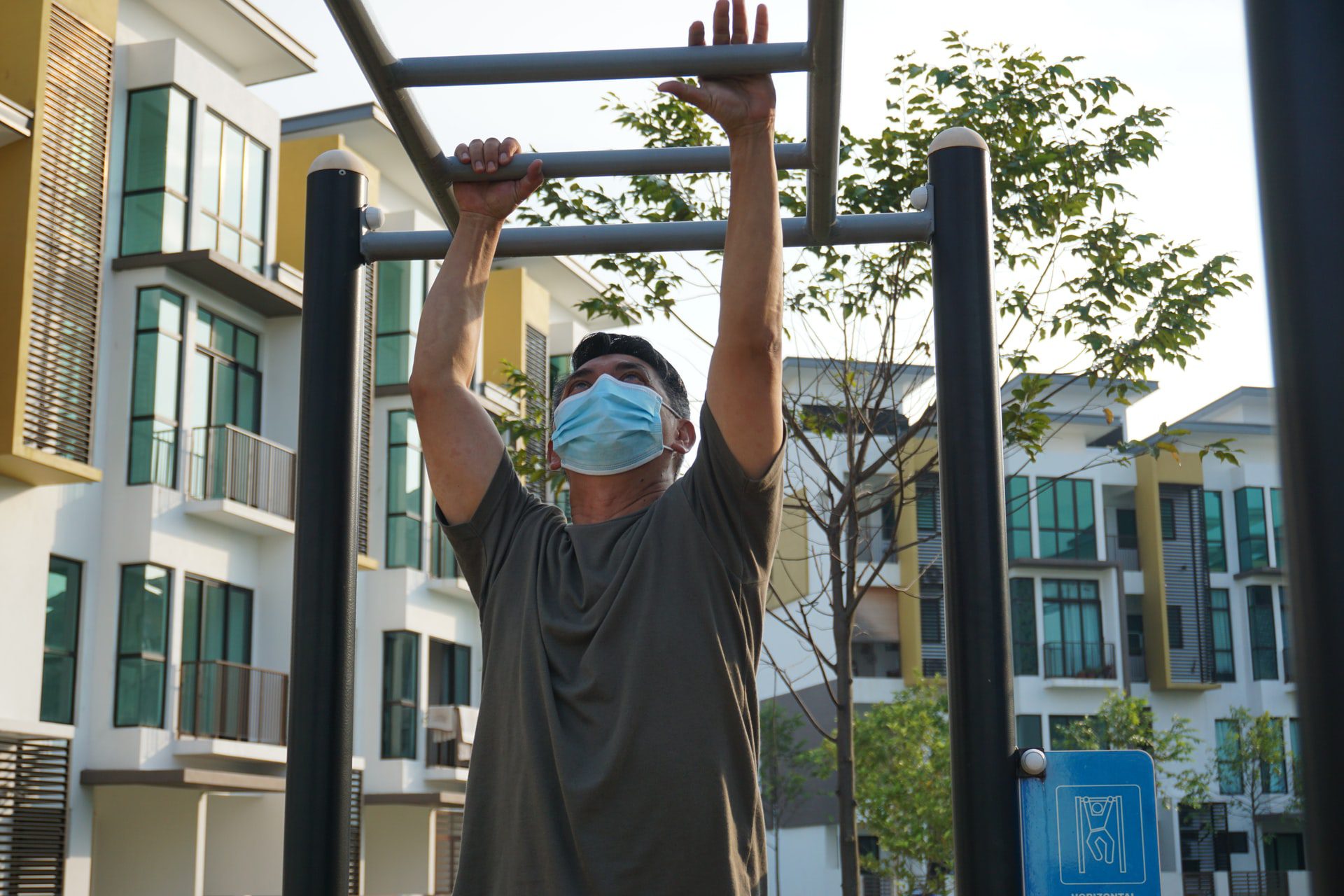
While it’s no surprise that stay-at-home pandemic restrictions have led to deteriorating levels of mental health and physical fitness, there is now growing evidence that dangerous levels of “exercise addiction” may be on the rise as well. As the world deals with the global healthcare crisis, addiction experts are currently looking at the detrimental physiological and psychological effects of excessive exercise and how it relates to the reality of living during the COVID-19 pandemic.
What is Exercise Addiction?
Exercise addiction is on the rise, but what exactly is it? According to the American Psychiatric Association’s DSM-5 (2013), exercise addiction is not a formal clinical diagnosis. Why? Because It’s more common for clinicians to conceptualize it as a behavioral pattern rooted in body dysmorphic disorder, eating disorders, substance abuse, anxiety, panic attacks, or other psychiatric disorders. Patient exercise and fitness are generally positive, so it’s exceedingly difficult for clinicians to distinguish between a regular gym enthusiast and an unhealthy addiction. However, DSM-5 does have criteria for behavioral addiction. Similarly, exercise addiction can be identified by lack of control, intention effects, excessive exercising time, increasing tolerance, withdrawal symptoms, reduction in other activities, and insistence on continuing exercise in the face of physical, psychological, or interpersonal problems (Downs et al., 2004).
Pandemic Factors Leading to Exercise Addiction
Studies suggest that at least 3% of the population experience exercise addiction. Here are some possible factors that lead them to exhibit such behavior.
Exercise as a Coping Mechanism
People are using exercise to cope with stress. Examples of this could be having multiple intense workouts a day while avoiding other life commitments (even with injury or in pain). Along with the pandemic’s social distancing measures and closure of gyms, most people were confronted with a radical shift in their daily habits and routine. This shift into training at home has doubled fitness equipment sales, and companies like Peloton are surging. Still, the combination of emotional stress and lack of scheduling structure has dangerously given opportunities for many coping with the pandemic to over-exercise. In the uncertainty of the pandemic, it’s not uncommon for people to try and numb the pain of the emotional trauma and crave the sense of control that exercise provides.

Pressure from Social Media
Secondly, there is significant social pressure as well. For most people, COVID-19 has a heightened attachment to social media on their devices. For example, fitness influencers on Instagram and “pandemic fitness challenges” on social media have become popular with a broad audience of vulnerable and mentally stressed viewers. In addition, the pandemic has made more people insecure about their bodies, with studies showing the fear of gaining “quarantine weight” has increased eating disorders among female teenagers by as much as 30%.
Unprofessional Training Methods
Another major contributor to exercise addiction is the informal setting itself. At home, there is more likely less structure which allows for over-committing time to exercise. And with social distancing, the lack of fitness professionals, or adequately maintained equipment, physical therapists are reporting rising numbers of injuries occurring at home.
A Link to Substance Abuse
Lastly, there seems to be some addiction crossover between the spike of drugs and alcohol with exercise to deal with COVID-19. In June of 2020, the CDC reported that 13% of Americans had increased substance use as a coping mechanism for the emotional stress of the pandemic. Researchers are now seeing a link between substance abuse patterns and the addictive reward-seeking behavior found in pandemic exercise addicts. In both cases, the abnormal inhibition systems in the addicts interfere with the decision-making systems of the brain. A spike in the use of performance-enhancing drugs is the natural confluence of these two addictions. So when a person gets injured and can no longer exercise, those with addictive tendencies turn to alcohol, opioids, and fentanyl.

Exercise Addiction Treatment in the COVID-19 Age
One thing is clear: professional help is needed to deal with exercise addiction. Clinical professionals such as certified coaches, sports psychologists, dieticians, therapists specializing in addiction and recovery, and physical therapists are all part of the solution to treat overexercising. Every case has a different psychological underpinning, sport-specific goal, or possibly traumatic source fighting a perceived lack of control. One troubling issue with exercise addiction, and addiction in general, is that addicts rarely realize the state of their involuntary compulsion. For many, individuals practicing “moderate exercise” is a totally foreign concept compared to their craving for excessive, intense, and excessive exercise. Without awareness of underlying behavioral disorders, there will always remain a high risk of relapse or exercise dependence. (Freimuth et al., 2011).
Pandemic Stress Continues
Unfortunately, the underlying COVID-19 pandemic stressors continue to complicate matters. Addiction resources are costly, and those addicted to exercise often have limited resources for professional treatment. One underappreciated aspect of addiction treatment is that it is rarely covered under most insurance plans. This leaves people with few options for care, as panic attacks and anxiety continue to increase along with the pandemic. In addition, COVID-19 has no shortage of disruptive stressors like travel restrictions, quarantines, lockdowns, and variants always looming. Therefore, the medical health community should prepare for exercise addiction to continue to rise for the duration of the pandemic.





0 Comments